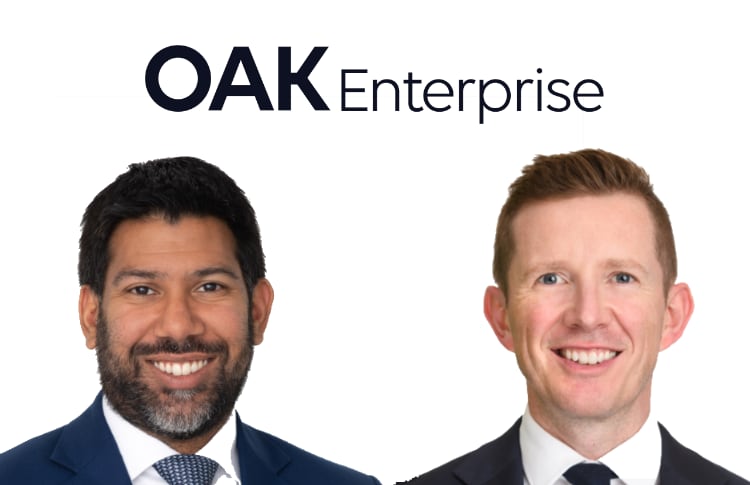
While fixed income is the world’s largest asset class, it is not commonly recognised for investments making social or environmental impact.But a recent report explains why investors should look more closely at fixed income assets and catastrophe bonds are highlighted as one impact investing opportunity within the segment.The report comes from a research collaboration between Builders Vision, an investor and philanthropist team that looks to accelerate impact solutions and counts the Walton family office as a backer, Tideline, a consultancy that works to catalyse the development of the impact investing market, and BlueMark, a verification and intelligence provider to the impact and sustainable investing market.Catastrophe bonds and other insurance-linked securities (ILS) have long been cited for their ability to generate real impact in society, through their ability to transfer natural disaster and weather risk to the capital markets, while payouts from the instruments go towards insurance claims, paying for reconstruction and redevelopment after catastrophe strikes.
While the ILS community and many across insurance and reinsurance markets recognise the societal value of risk transfer and the protection it affords, increasingly we are seeing catastrophe bonds in particular highlighted as an opportunity for impact investors.Catastrophe bonds and other ILS investments certainly meet the topic of a fixed income instrument that can deliver meaningful and positive societal impact, that is often hidden from sight of many allocators.The authors of the report argue that “impact fixed income is a rapidly growing asset class with predictable and comparable financial returns to traditional fixed income investments.” One of the key features of the fixed income asset class that is particularly relevant for the cat bond and ILS asset class is “responsiveness”, which the report authors explain as, “capacity to rapidly mobilize capital to address our most urgent needs, such as responding to natural disasters and pandemics.” In highlighting the impact potential of catastrophe bonds, the report authors refer to the case of the Tohoku, Japan earthquake in 201.
Some readers will recall that the Tohoku earthquake resulted in the triggering and total loss to the $300 million catastrophe bond transaction.The Muteki Ltd.cat bond was issued in 2008 by global reinsurance company Munich Re on behalf of Japanese cooperative Zenkyoren, one of the longest-standing sponsors of catastrophe bonds.
The Muteki catastrophe bond utilised a parametric index trigger and so was able to payout relatively quickly to the benefit of Zenkyoren.The earthquake occurred on March 11th 2011 and .The report, () explains that the example of the Muteki cat bond shows fixed income instruments having impact in meeting urgent needs in real time.
It states, “Following the 2011 Tōhuku earthquake and tsunami—the fourth most powerful earthquake in recorded history — catastrophe bonds were instrumental to raising capital to support disaster relief.Issued by Munich Re, JA Kyosai’s catastrophe bond was able to raise USD $300 million for timely disaster payouts.” Meeting urgent needs in real time is an “underappreciated” and unique impact function of fixed income, as evidenced by the cat bond structure, “which are distinct from those of other asset classes, yet critically important and complementary to an impact investing toolkit,” the report explains.For fixed income in general, the report points to its suitability for such use-cases, given the inherent liquidity, the fact it is a well-established asset class, has a long history of investor confidence and established market infrastructure.
Of course, we are just cherry-picking one small example from the report as it references cat bonds, but overall we feel it is well-deserving of a read as it drives home many of the things we’ve written about for years, regarding the use of ILS as impactful disaster risk financing structures.In the report’s conclusion the following paragraphs resonate with the remit of the cat bond and ILS market, “Fixed income has long been the bedrock of institutional allocators’ portfolios—valued for its financial capabilities of generating stable and predictable returns, adding liquidity, and providing essential diversification benefits.However, its potential as a powerful lever of social and environmental impact has been relatively untapped and underexplored.
It is time to shift the narrative on fixed income.Fixed income is more than just an instrument for capital preservation.Rather, it has enormous and growing potential as a vehicle for achieving targeted and authentic impact outcomes at scale.
“With global challenges demanding trillions in capital, expanding the impact investing toolkit to include a broader range of instruments—particularly those capable of mobilizing large volumes of capital—is essential.To this end, investors must be intrepid in exploring how fixed income, the world’s largest asset class, can be intentionally activated for impact.And institutional asset allocators, as by far the largest investors in the fixed income markets, are uniquely positioned to lead the charge.” Again, the full report, Scaling Solutions: The Fixed Income Opportunity Hiding in Plain Sight, is ..
All of our Artemis Live insurance-linked securities (ILS), catastrophe bonds and reinsurance can be accessed online.Our can be subscribed to using the typical podcast services providers, including Apple, Google, Spotify and more.
Publisher: Artemis








